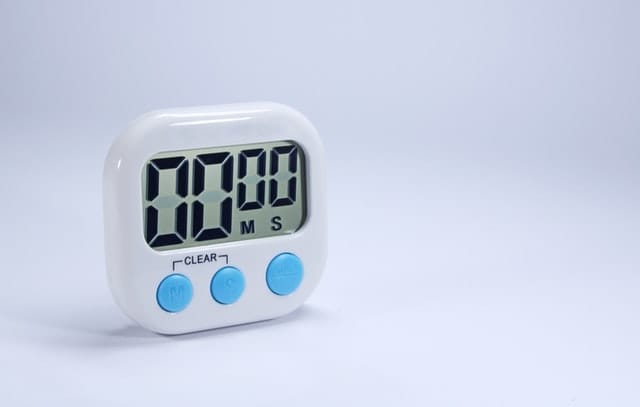Short article about what really happens with RIP timers. I’ve run some tests putting in situation network advertisements for downlinks and how and when timers react.
The different tests are given in the form of timelines, with the action and reaction at the minute planned. Between brackets you’ll find what should have happened if one of the previous actions was not triggered.
First configuration
 Normal situation: R101 advertises R100 for NETWORK with a RIP metric of 1. R100 has NETWORK:1 in his routing table via R101
Normal situation: R101 advertises R100 for NETWORK with a RIP metric of 1. R100 has NETWORK:1 in his routing table via R101
Breakdown: Instead of putting down R101, an distribute ACL for outgoing RIP advertisements is enabled on R101 so that R100 won’t receive RIP advs anymore, but can continue to ping R101 F0/0.
Test 1
Timeline
– X min: network up and working
0 min: Action: NETWORK is not advertised anymore by R101, but R100 can’t see it directly, since it’s behind SW1. INVALID Timer starts
3 min: Reaction in R100: In routing table, route for NETWORK is “possibly down” , but ping to NETWORK is still working
4 min: Reaction in R100: In routing table, route for NETWORK has disappeared (FLUSH timer)
Conclusion
1) A “possibly down” route does not mean the route stop working. It keeps being used by the router
2) the FLUSH timer is 4 minutes after the breakdown, and not after the end of the INVALID timer
Test 2
Timeline
– X min: network up and working
0 min: Action : NETWORK is not advertised anymore by R101, but R100 can’t see it directly, since it’s behind SW1. INVALID Timer starts
30 sec to 2 min: RIP time counter is going (should be less than 30 seconds)
2 min: Action: on R101, Distribute ACL is removed, NETWORK is now advertised again ; Reaction: on R100, route to NETWORK comes back to normal, with counter under 30 sec.
(3 min: “possibly down” for NETWORK on R100)
(4 min: FLUSH timer ends, route for NETWORK disappears)
Conclusion
During the INVALID timer, when route is advertised again, the router takes it into account right away.
Test 3
Timeline
– X min: network up and working
0 min: Action: NETWORK is not advertised anymore by R101
3 min: “possibly down” for NETWORK on R100
3 min and 30 secs: Action: on R101, Distribute ACL is removed, NETWORK is now advertised again ; Reaction: on R100, route to NETWORK comes back to normal, with counter under 30 sec.
(4 min: FLUSH timer ends, route for NETWORK disappears)
Conclusion
During the FLUSH timer, when route is advertised again, the router takes it into account right away. No difference with test 2. So what’s the point of two timers, INVALID and FLUSH? See coming tests with the HOLDDOWN timer.


